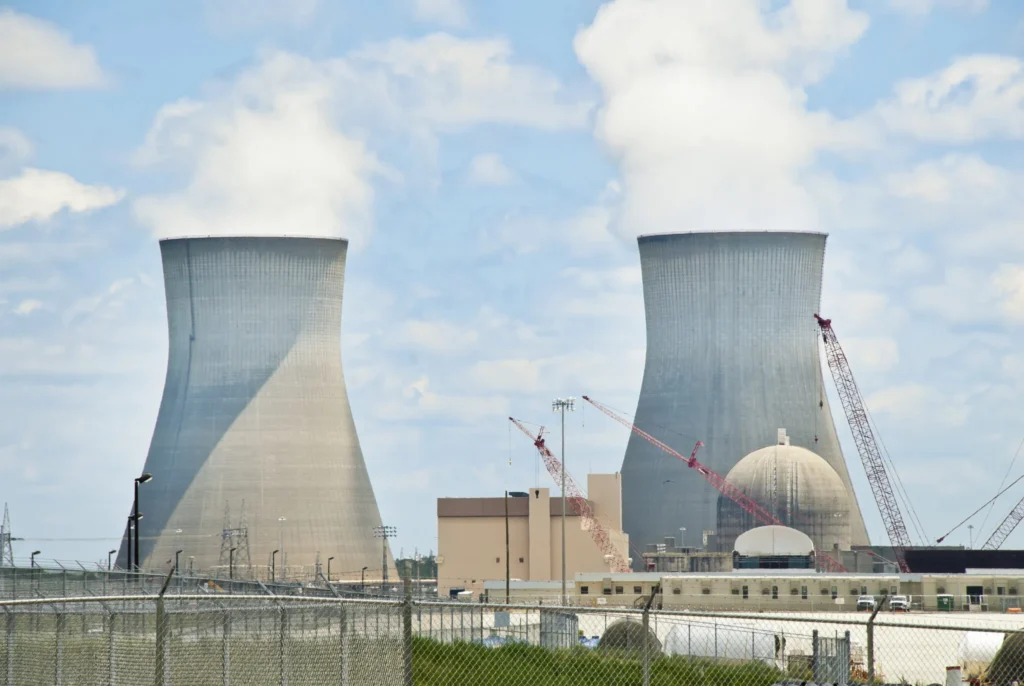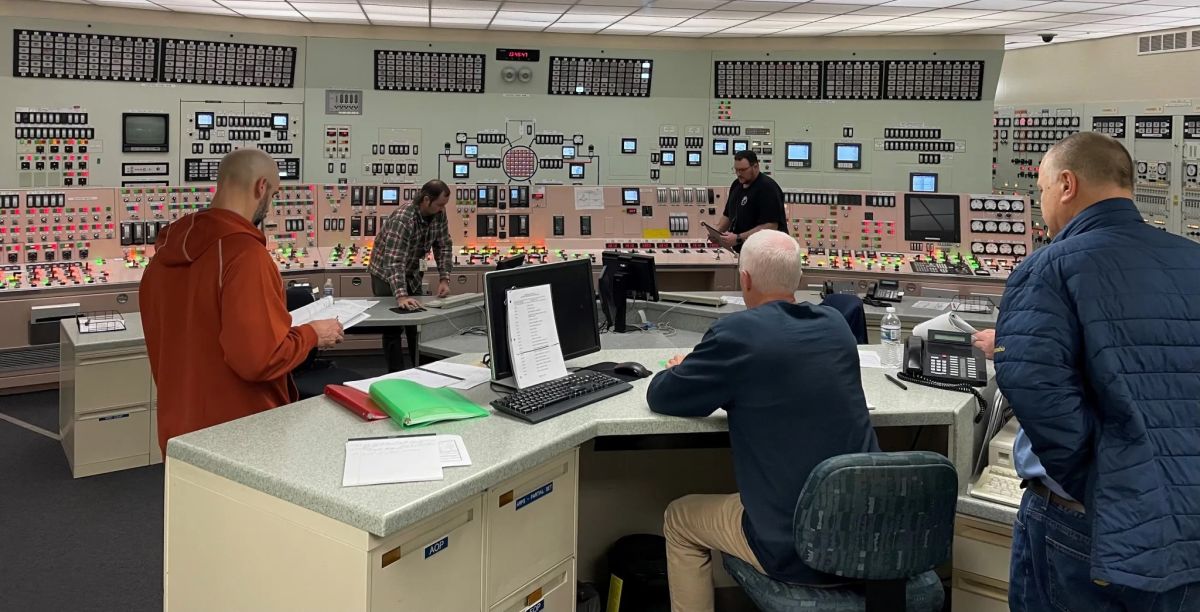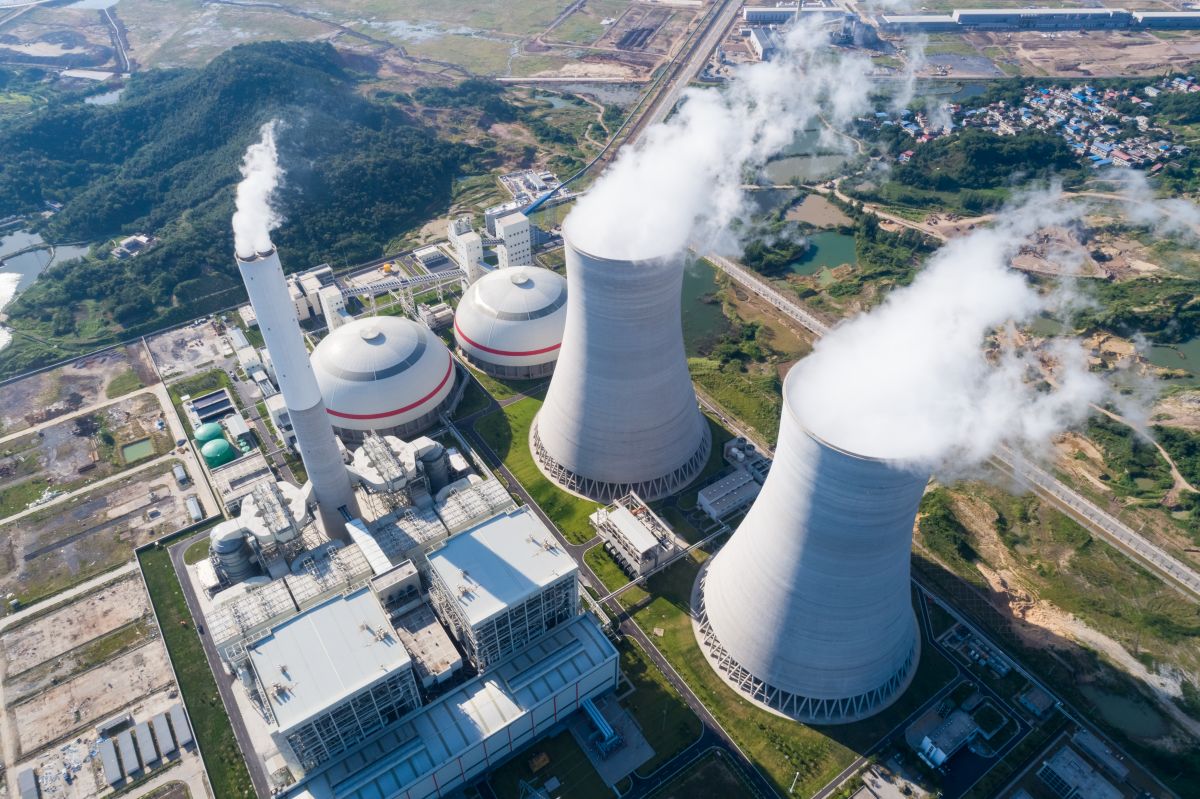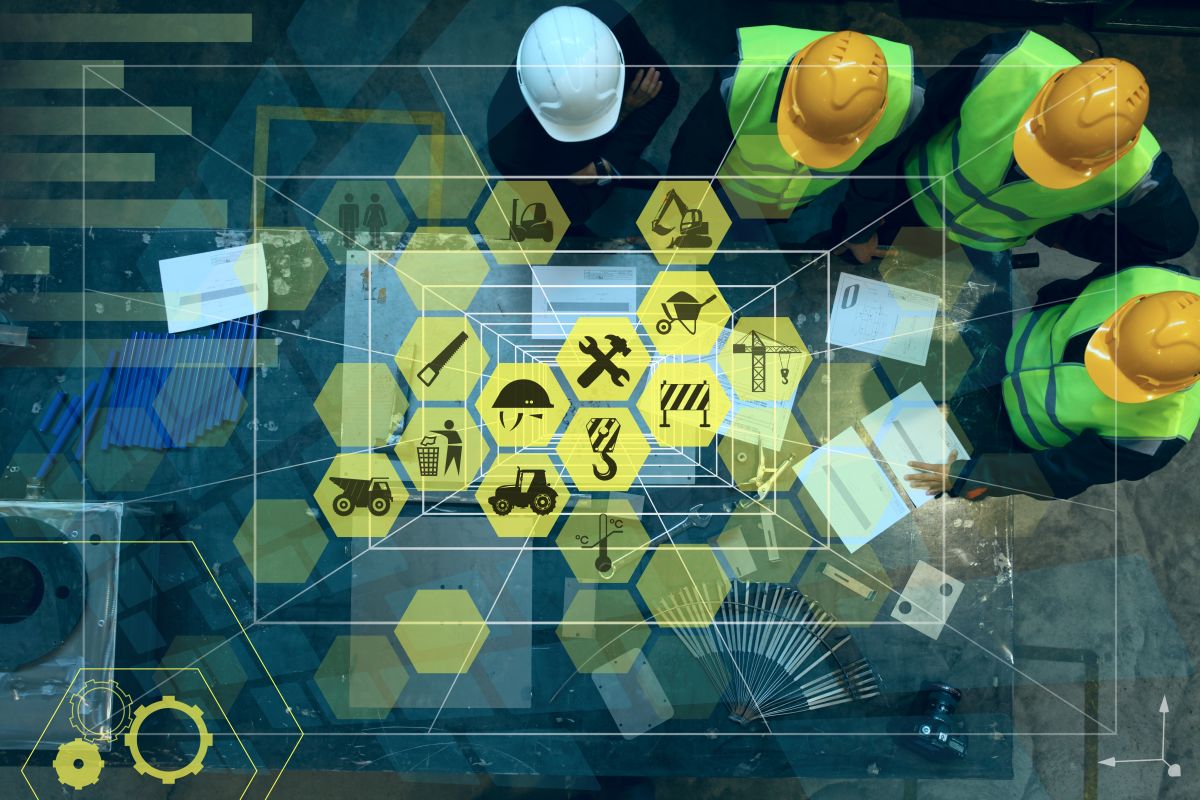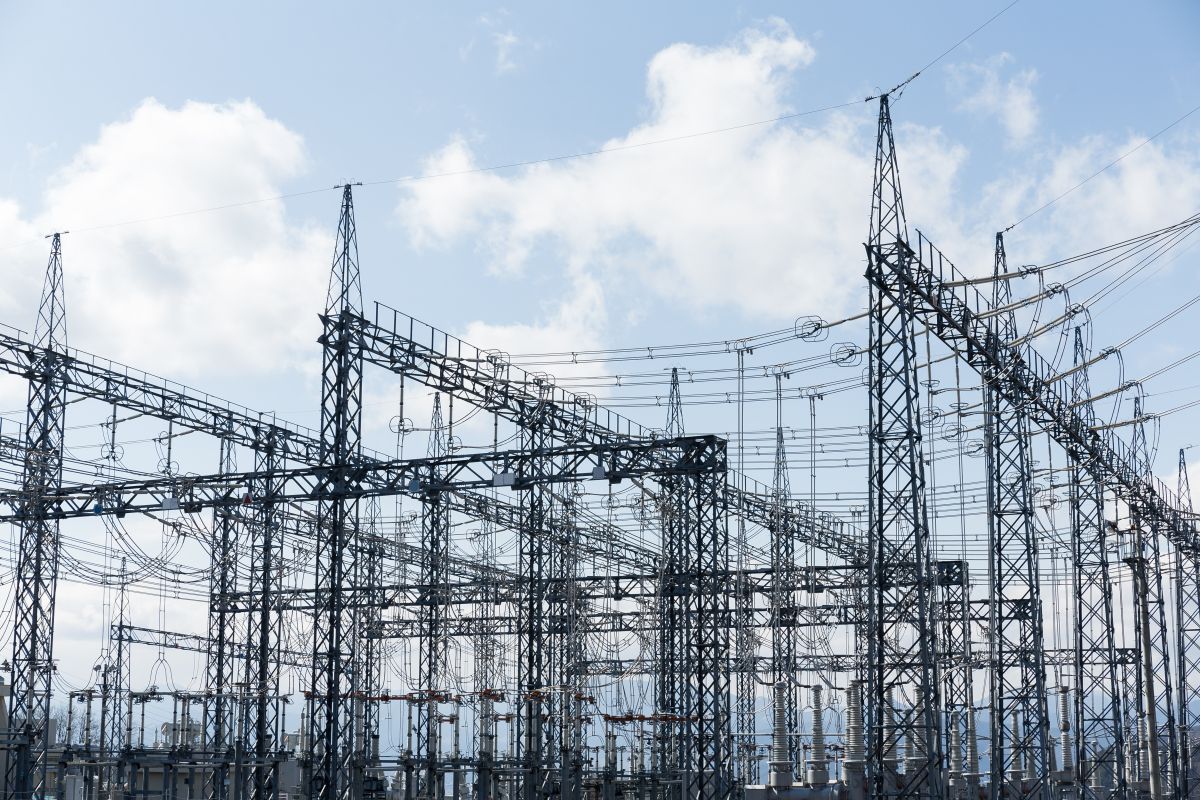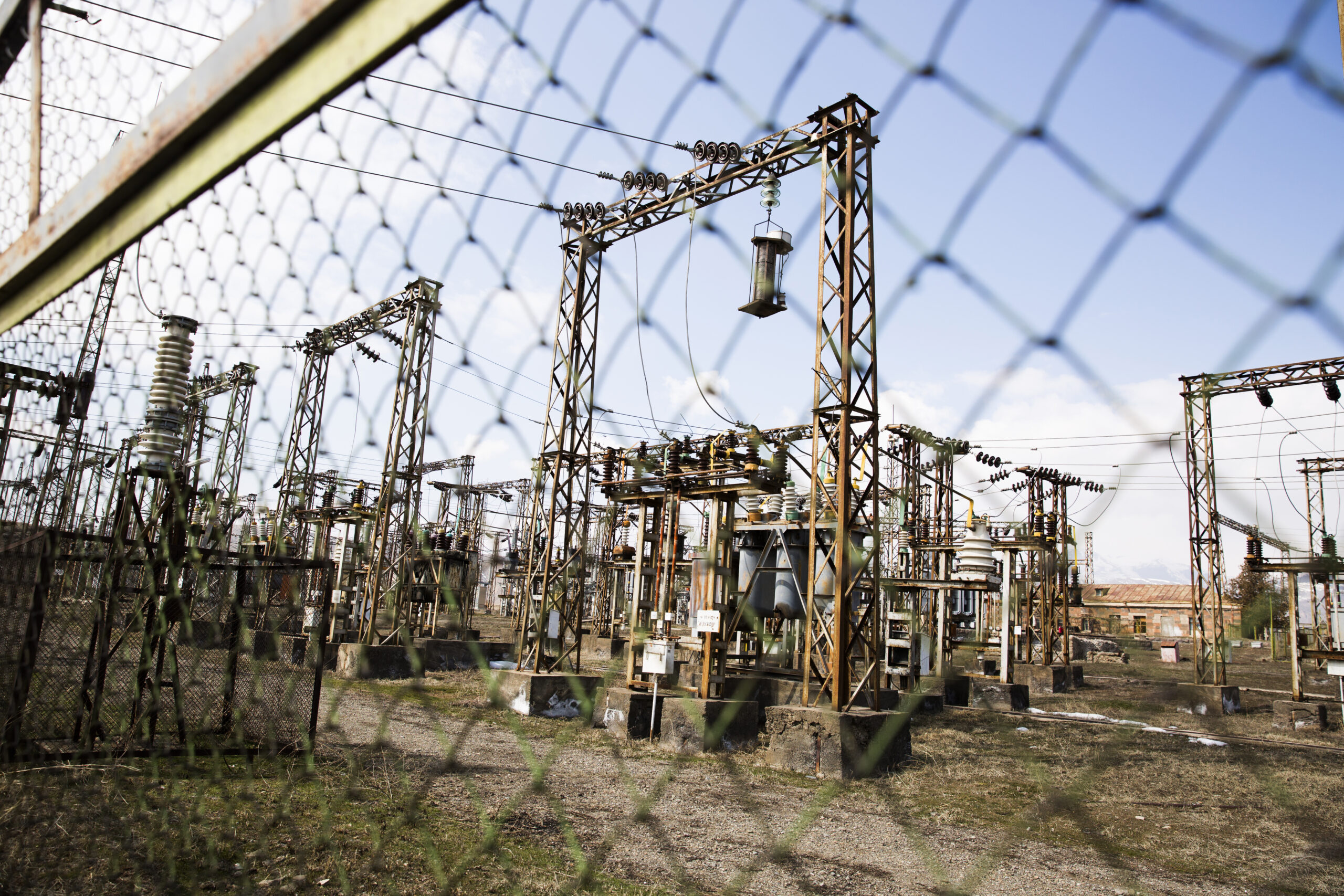International Atomic Energy Agency’s (IAEA) Nuclear Security Review 2023 highlights the ongoing efforts and priorities for enhancing nuclear security worldwide. The main emphasis of this report is remote monitoring and integrating digital technologies. Innovations in remote monitoring technologies are critical for the efficient operation of advanced reactors, ensuring a higher level of plant safety in the nuclear energy sector. In this blog, we’ll explore how remote monitoring has enhanced nuclear plant safety and operations.
Relevant blog: The Impact of MSPI on Nuclear Power Plant Operations
Enhanced Remote Monitoring Systems in Nuclear Power Plants
Enhanced remote monitoring systems in nuclear plants are revolutionizing safety and efficiency. These systems utilize advanced technologies like artificial intelligence, deep learning, and drone-assisted imaging to monitor critical parameters. They automate data collection and analysis, enabling predictive maintenance and early detection of potential issues. Integrating sophisticated computer systems and innovative surveillance methods ensures higher operational safety, reduces costs, and optimizes performance in nuclear facilities, marking a significant advancement in nuclear power production and management.
The Impact of Digitalization on Nuclear Power Plant Safety
The focus on digital transformation, as seen in the Scientific Forum 2023 by the IAEA, emphasizes the role of these technologies in achieving a sustainable, efficient, and safe nuclear future. Advanced analytics, modeling, and autonomous robotics improve facility maintenance and failure analysis. Some of the benefits of digital transformation include enabling more efficient management of sensitive information and reducing IT infrastructure costs. Integrating digital tools in nuclear business architecture spans critical operational components and safety-related issues, ensuring compliance and minimizing risks.
Innovations in Automated Safety Protocols
Innovations in automated safety protocols for nuclear reactors are increasingly centered around the integration of digital technologies. Advanced systems like ICE (Instrumentation, Control, and Electrical) Digital Systems are being implemented to enhance reactor safety. These systems facilitate real-time monitoring, predictive maintenance tools, and remote operation, optimizing reactor performance while integrating cybersecurity measures. The key aim of these systems is to protect against potential threats. The shift from analog to digital in safety-related applications is a global trend, with digital I&C systems integration reducing hardware components by up to 80% and enabling long-term plant modernization. These sorts of digital transformation trends in nuclear safety and security improve efficiency and significantly enhance the overall safety framework of nuclear reactors.

Emerging Trends in Nuclear Plant Remote Inspection Techniques
Emerging trends in nuclear plant remote inspection techniques are increasingly focused on robotics and autonomous systems. These technologies are transforming the approach to inspections in hazardous environments like nuclear facilities. Drones, crawlers, and robotic arms, evolving from automatic to fully autonomous systems, are becoming more prevalent. Such advancements allow for precise, agile inspections in restricted spaces, enhancing safety while reducing human intervention and long-term costs. The integration of these technologies represents a significant shift in maintaining and validating the safety and functionality of nuclear plant equipment.
Final Words
Advanced remote monitoring technologies are revolutionizing nuclear power plant safety by enabling real-time oversight and analysis of critical components. These innovations facilitate immediate responses to irregularities, significantly mitigating accident risks. Recent projects underscore the shift towards sophisticated, web-based systems, integrating AI to enhance safety and reliability in nuclear energy generation. The key aim is to promise a safer, more efficient future for nuclear power.
Disclaimer: Any opinions expressed in this blog do not necessarily reflect the opinions of Certrec. This content is meant for informational purposes only.


